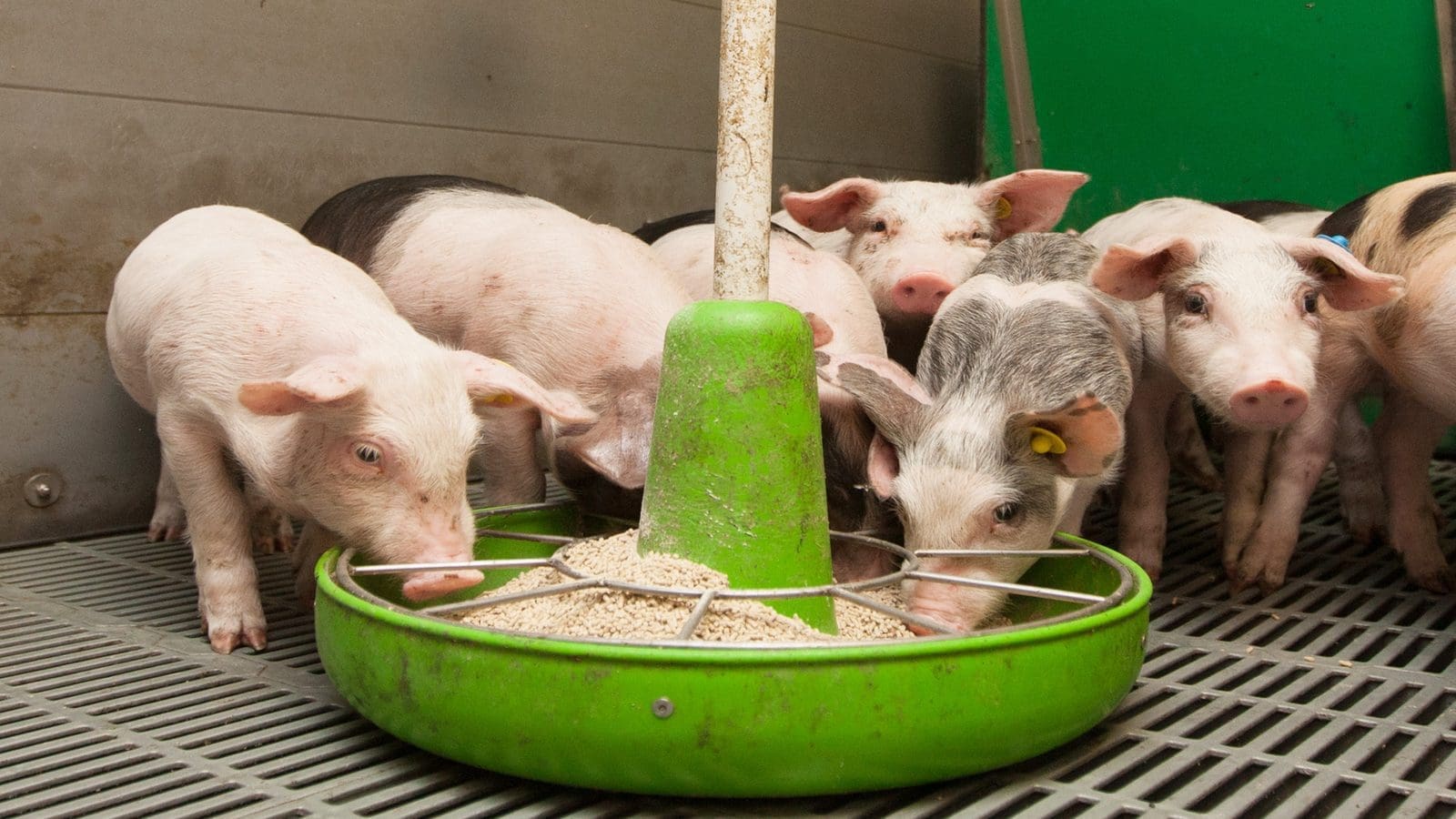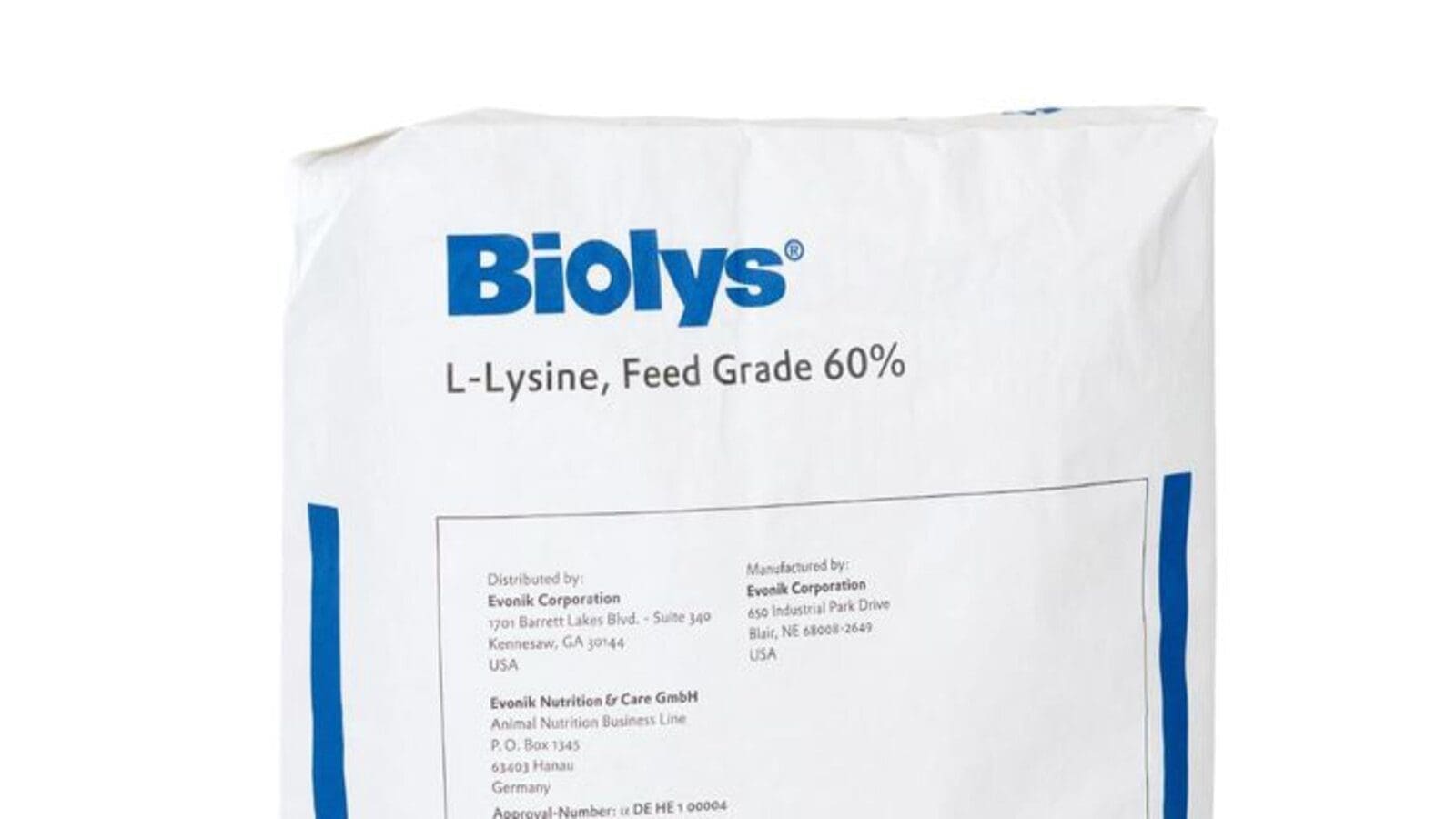GLOBAL – Discovered in Kenya in 1921, African Swine Fever (ASF) has remained a major threat for the pork industry, decimating millions of pigs whenever it strikes leaving many farmers and pork processors to incur losses of untold proportion.
Last year alone, analysts estimated that in China, the world’s largest pig producer, 200 million pigs die or be culled in China in 2022 alone, causing a huge shortage of pork locally and having an economic impact on the meat and feed industry globally.
Vietnam, a neighbor to China, already culled 1.7 million pigs to tackle an outbreak of the disease, or 5 percent of the country’s herd.
Germany lost its US$1.04 billion pork market with China when the virus was first reported in 2020 and has lost other lucrative export markets including South Korea and Japan due to ASF.
In Africa, South Africa has been battling with sporadic outbreaks, the latest one being in January at a firm in the country’s Gauteng province.
One of the valuable lessons from the China experience with ASF is that feed is a major infection rout with research linking 42% of cases reported in the country to feed contamination.
According to the researchers, attached to the South China Agricultural University, integrator DBN and the Chinese Academy of Agricultural Sciences, laboratory research showed that the virus can survive for several months in contaminated feed.
When it comes to feeds, evidence has emerged that using formaldehyde when flushing equipment demonstrated reduced detectable viral RNA of the ASF virus on feed equipment.
To investigate formaldehyde’s effectiveness, researchers at KSU recreated a feed mill environment within a biosecure laboratory to study how ASF spreads within the mill.
A high concentration of formaldehyde was used as an active ingredient in a flushing technique like those used to prevent cross-contamination after the production of medicated feeds.
Given its promising results, the KSU researchers intend to conduct further tests on the effectiveness of a flushing technique that uses a mixture of corn and a high concentration of formaldehyde as a possible means of whole-mill decontamination.
If effective, this kind of flushing strategy could be implemented at weekly or other intervals to serve as a sort of preventive maintenance or incorporated after the use of a potentially high-risk ingredient.
Chad Paulk, Ph.D., associate professor at Kansas State University and one of the lead researchers, Safety precautions for personnel, however, must be considered when using high concentrations of formaldehyde.
For all the latest food industry news from Africa and the World, subscribe to our NEWSLETTER, follow us on Twitter and LinkedIn, like us on Facebook and subscribe to our YouTube channel.










